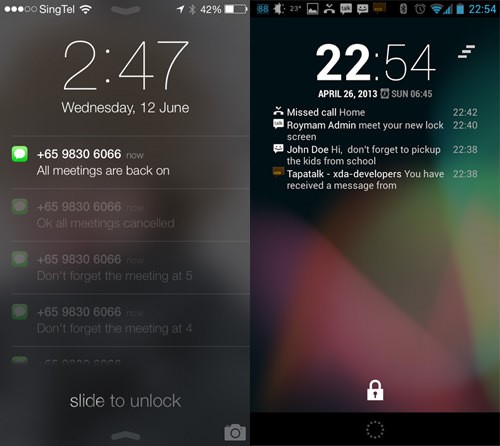Who Are the Modern Students?
If you’ve been a university student in the last few years, you definitely had to live through multiple frustrations when using your school’s online platforms.
Technology has brought lasting change to higher education. It notably changed how universities interact with students. That being said, universities are large organisations with huge digital ecosystems. As such, they often lag behind students in new technology adoption. That’s especially true today as students are much different to what they were only a few years ago. To help you in the catch up, here’s an overview of modern students.
1. Modern students have very strong referents on how websites and apps should work.
You know those referents very well. They are Google, Facebook, Amazon and Netflix. With time, they fashioned the expectations of students who are now very demanding of online platforms, particularly when it comes to ease of use and personalisation.
Of course, these four corporations have a lot more resources to put into their online platforms than your average university. On the other hand, universities can rely on their best practices and not design everything from scratch.
2. Modern students are used to information coming their way rather than having to go get it.
Social media and the numerous notifications that light up students’ phone push information. No need to go and get it: information comes to them. This creates a major challenge for complicated ecosystems where information is disseminated across multiple platforms. We can’t expect students to manually round up all that information. Realistically, if information is not pushed, modern students will deal with incomplete information and all that it entails.
3. Modern students think they are unique and expect a personalized service.
They expect systems to adapt to their situation and look for a personalized service. Also, we might think modern students hate reaching out to the universities in person, but that’s false. Students appreciate the security that comes with direct contact with university staff. The contact has be quick, which brings us to our next item…
4. Modern students are impatient.
It’s the era of instantaneous gratification, i.e. the desire to experience pleasure or satisfaction without delay. When students want something, they want it right away. This is fed by technology that got them used to an immediate response. They are always connected. When they reach out to a company by email, consumers expect a response within 24 hours. Expectations are even higher when the contact is made through social media. Expectations are the same with universities – students expect a very quick response.
5. Modern students are more mobile than previous generations.
Without surprise, we are seeing that across the world. Recent studies show that this is especially true in Canada and Quebec. Offering platforms optimized for all devices is an absolute priority for universities. Nothing new here, we’ve seen it coming for years.
6. Modern students come in multiple variations.
Students can be undergrad or postgrad and study in various faculties and disciplines. They can be full time or part time students. They can be foreign exchange students. Variations are almost endless. In many ways, modern students are not wrong to consider themselves unique. This poses a real challenge for university ecosystems that must adapt to these different profiles and still provide a consistent experience.
What next?
The fast evolution of needs and expectations of modern students are one of the most important challenges of universities. To build successful online ecosystmes, they must engage in a dialog with students and include them in the design process. Fortunately, accessible and efficient techniques exist to structure this dialog and guide universities in the evolution of their digital platforms. We invite you to learn more about two of these techniques: usability testing and card sorting.





